The little known field of fungal taxonomy
September 05, 2023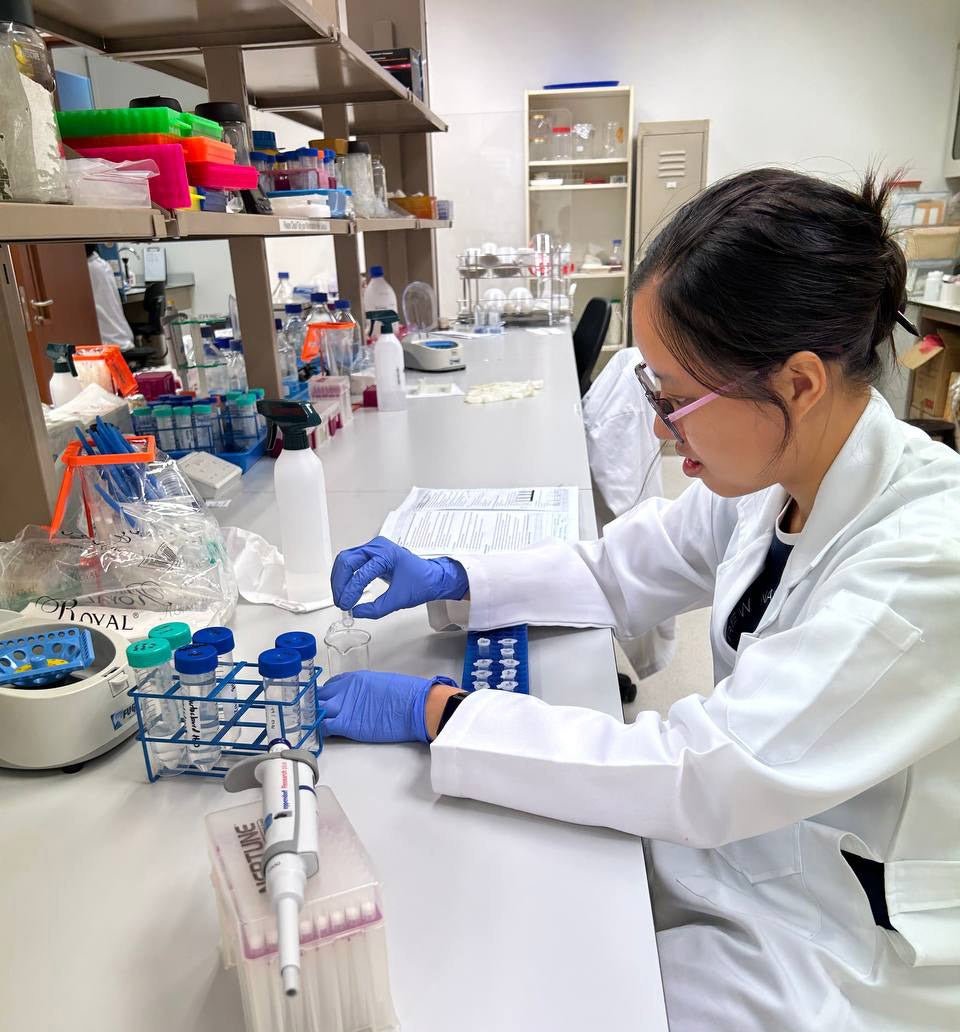
Removing ethanol into waste beaker.
Life Sciences’ YEE Yan Ling, who graduated recently, is fascinated with fungal diversity. She was also keen to try out taxonomy as a research project.
She found the opportunity to explore both interests in her Final Year Project (FYP) – describing fungi of the Marasmiaceae family found in Singapore and providing a dichotomous key to distinguish different species.
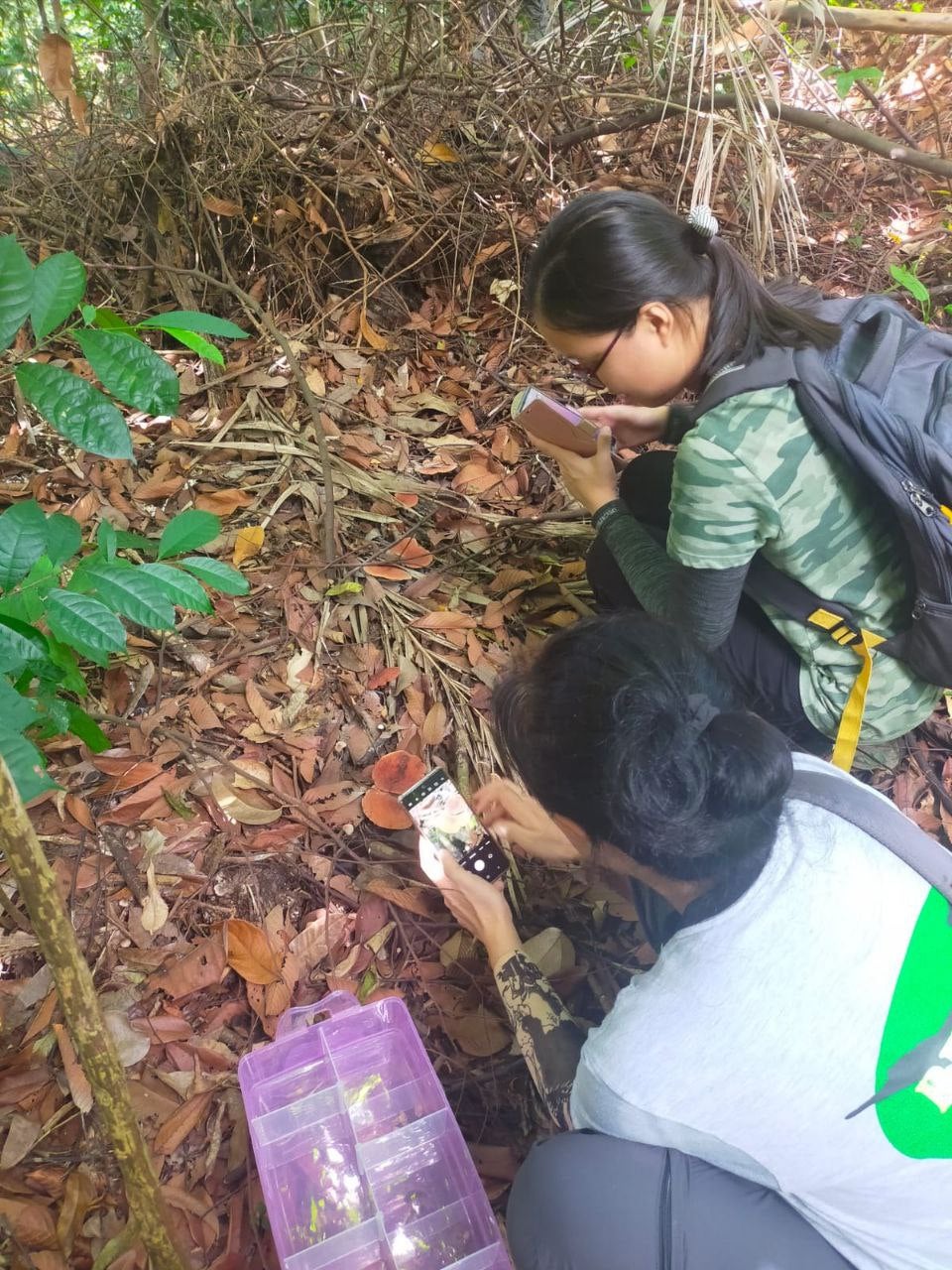
Taking pictures of the fresh Lactarius sp.
Marasmiaceae fungi play key ecological functions such as decomposition and nutrient cycling. The enzymes they produce can be harnessed for medicine and biotechnologies. Other species are a potential human food source.
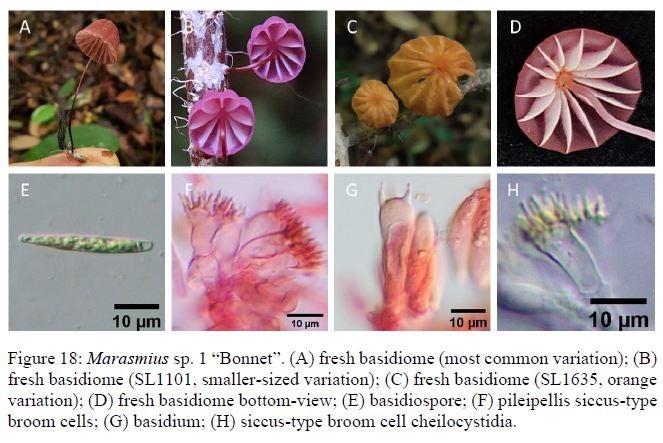
Extract from Yan Ling’s thesis on Marasmiaceae fungi.
Yan Ling sought to identify the fungi, using morphological characteristics and taxonomic work that includes modern identification techniques such as molecular DNA barcoding. She also ventured into different aspects of fungi taxonomic work, such as going through old journals and books, some of which were written 200 years ago or in a different language, to confirm the characteristics of her fungi-of-interest and the techniques to extract fungal DNA.
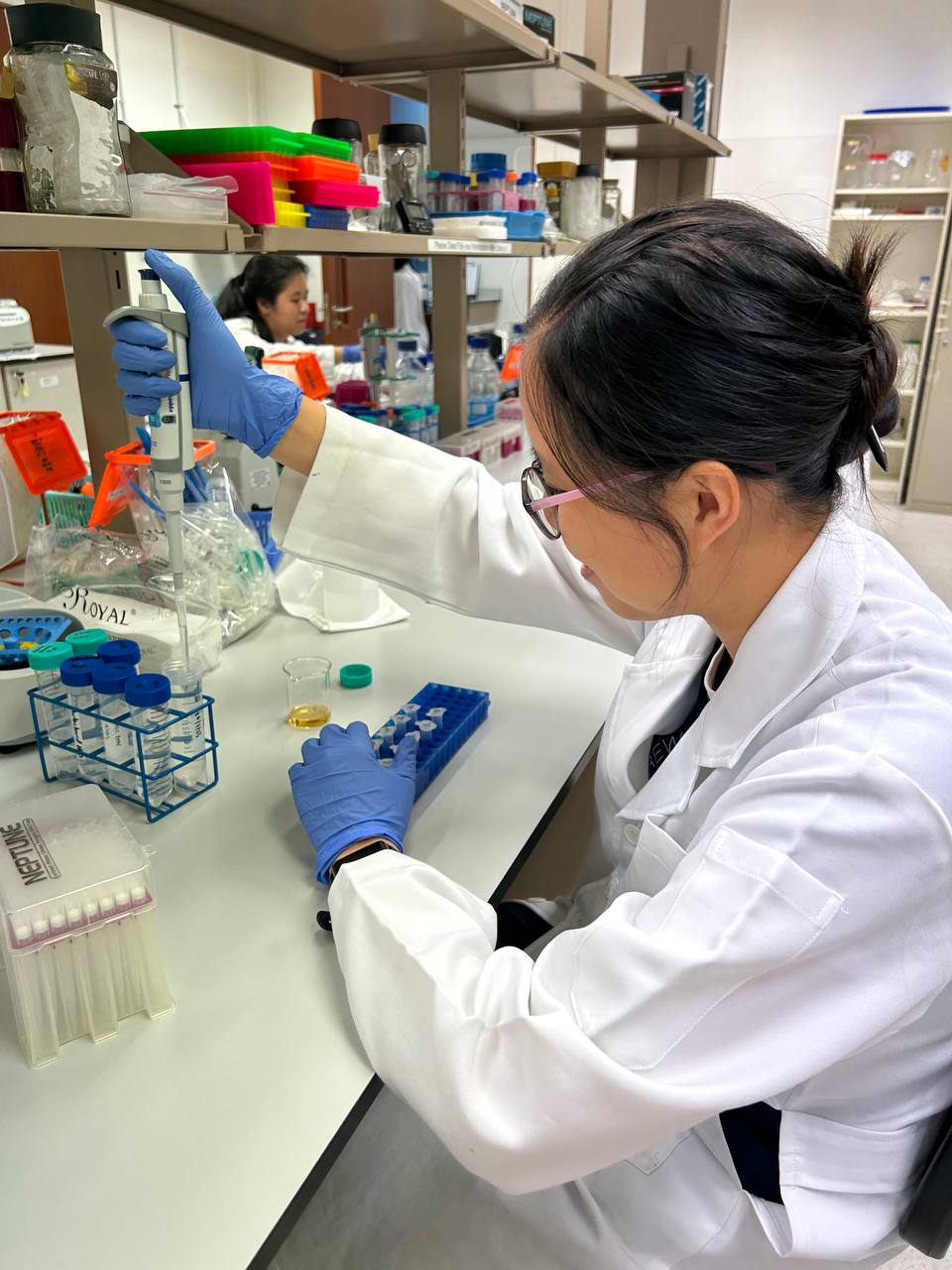
Pipetting ethanol to wash the DNA pellet.
Yan Ling faced several difficulties, such as understanding the bioinformatics for her work and her lack of experience in DNA sequencing. However, support from her seniors and lecturers, software programmes for data analysis and online resources enabled her to make sense of the genetic data collected.
Her takeaways were multifold. “I discovered my interest and ability to work on taxonomy. My FYP experience gives me a hint that taxonomic research could be a potential career pathway for me in the future,” she says.
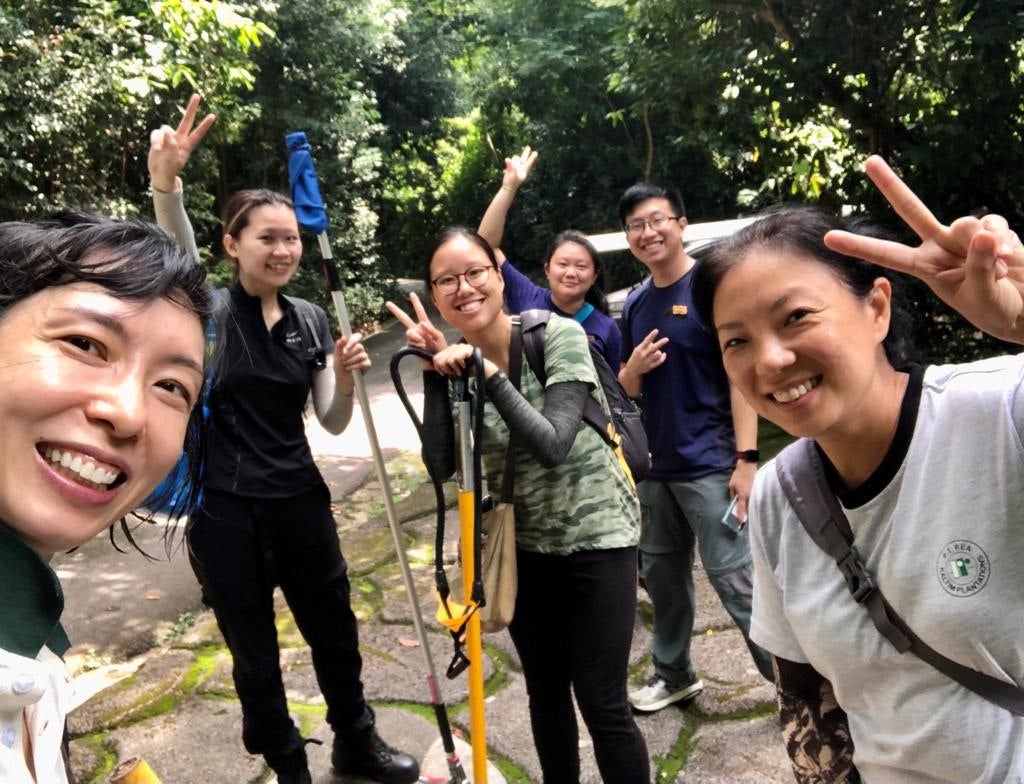
Group picture of fieldwork at Sentosa.
She also discovered the importance of collaborating with other researchers. There are other fungal groups she is unfamiliar with, and the project shed light on how separate research groups could come together to make a more significant impact. For instance, such efforts could address the impact of urbanisation on fungi diversity in Singapore. Comparing past records in 1990s also provides a snapshot of the current health of fungal diversity in Singapore.
Find out more at https://www.dbs.nus.edu.sg/lifesciences/minor-in-botany/.


